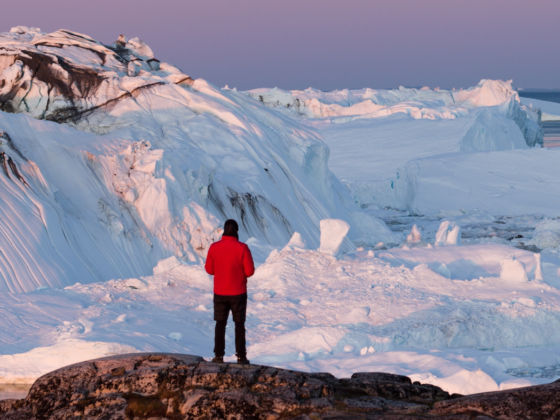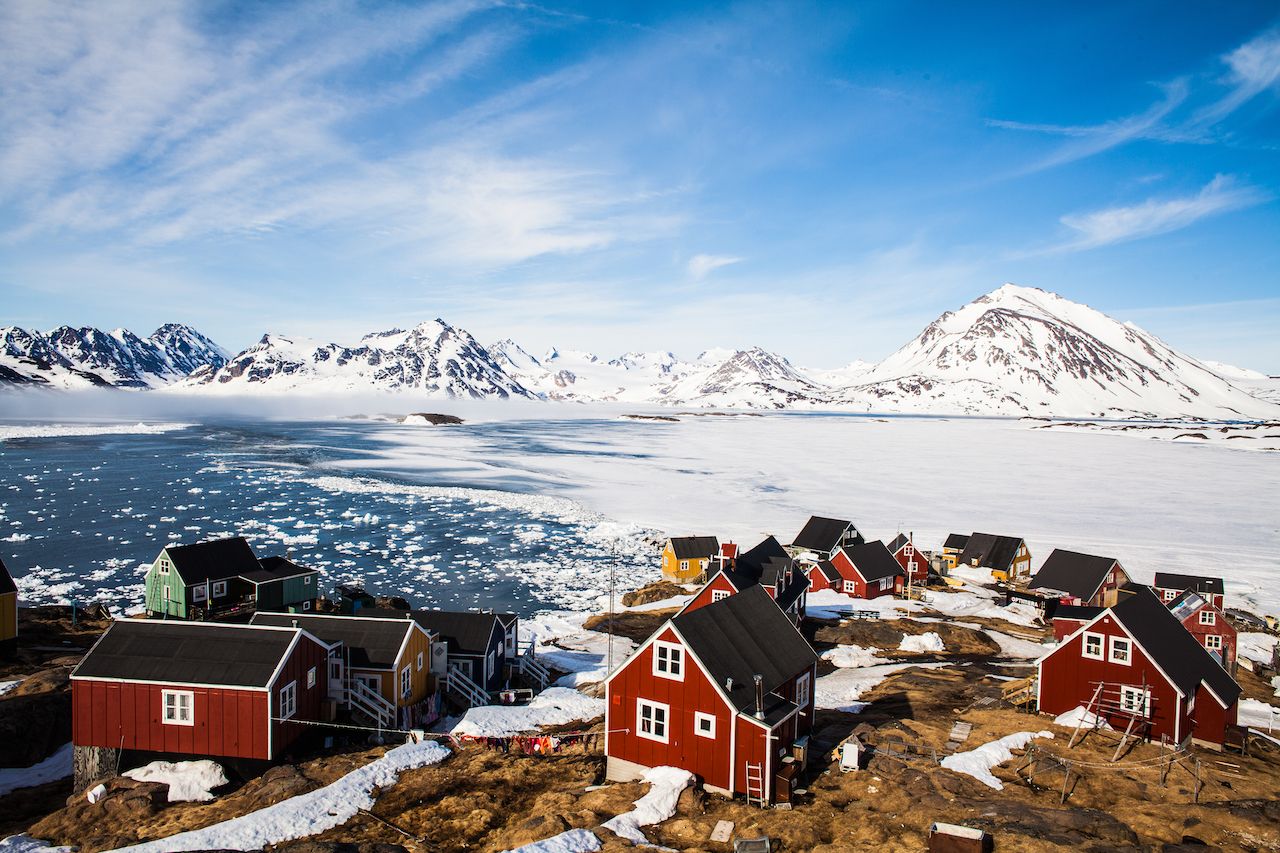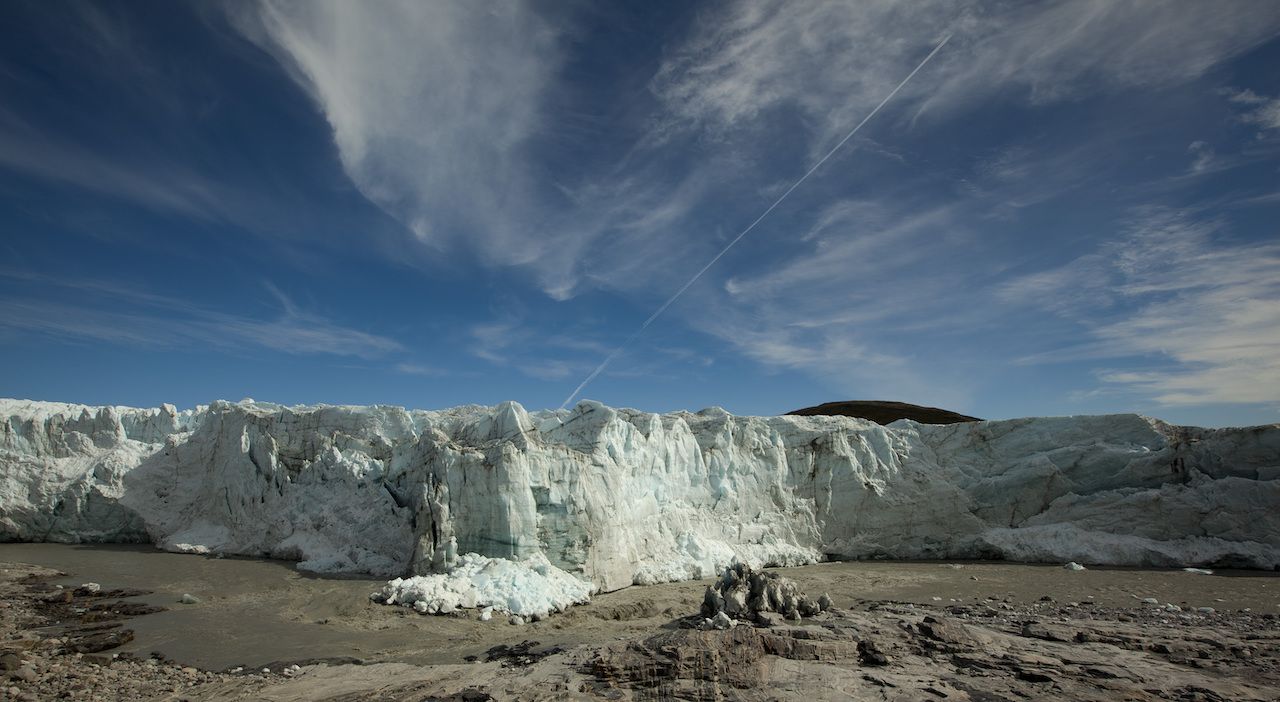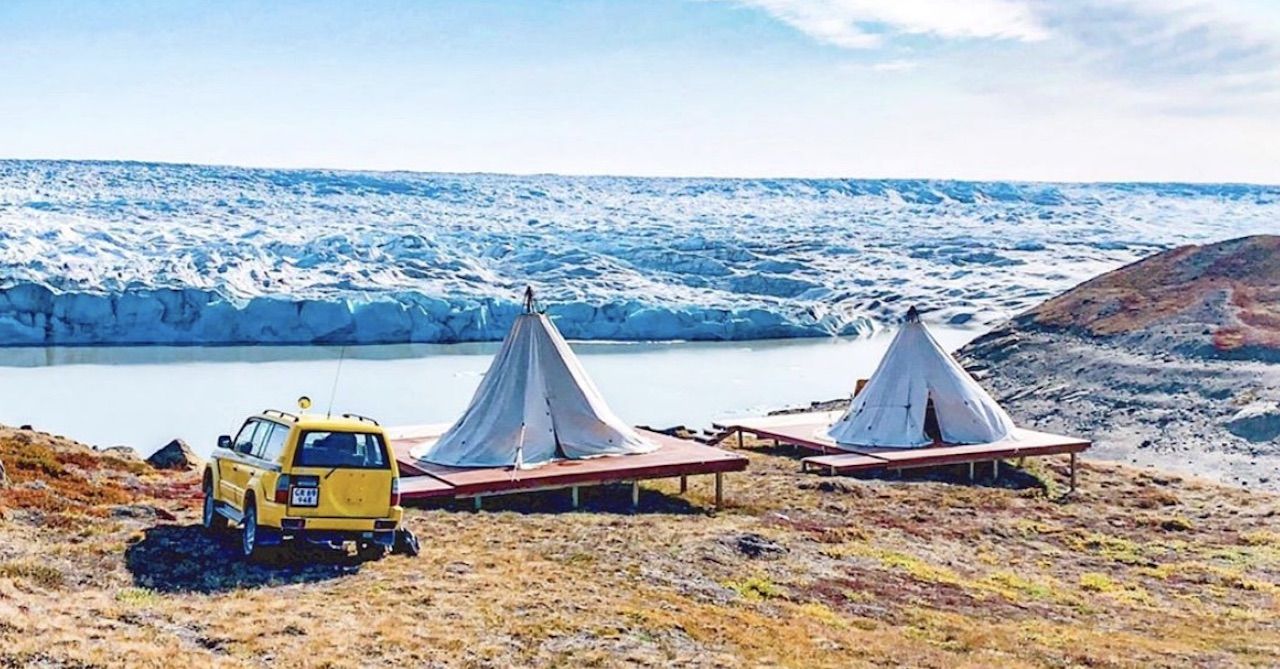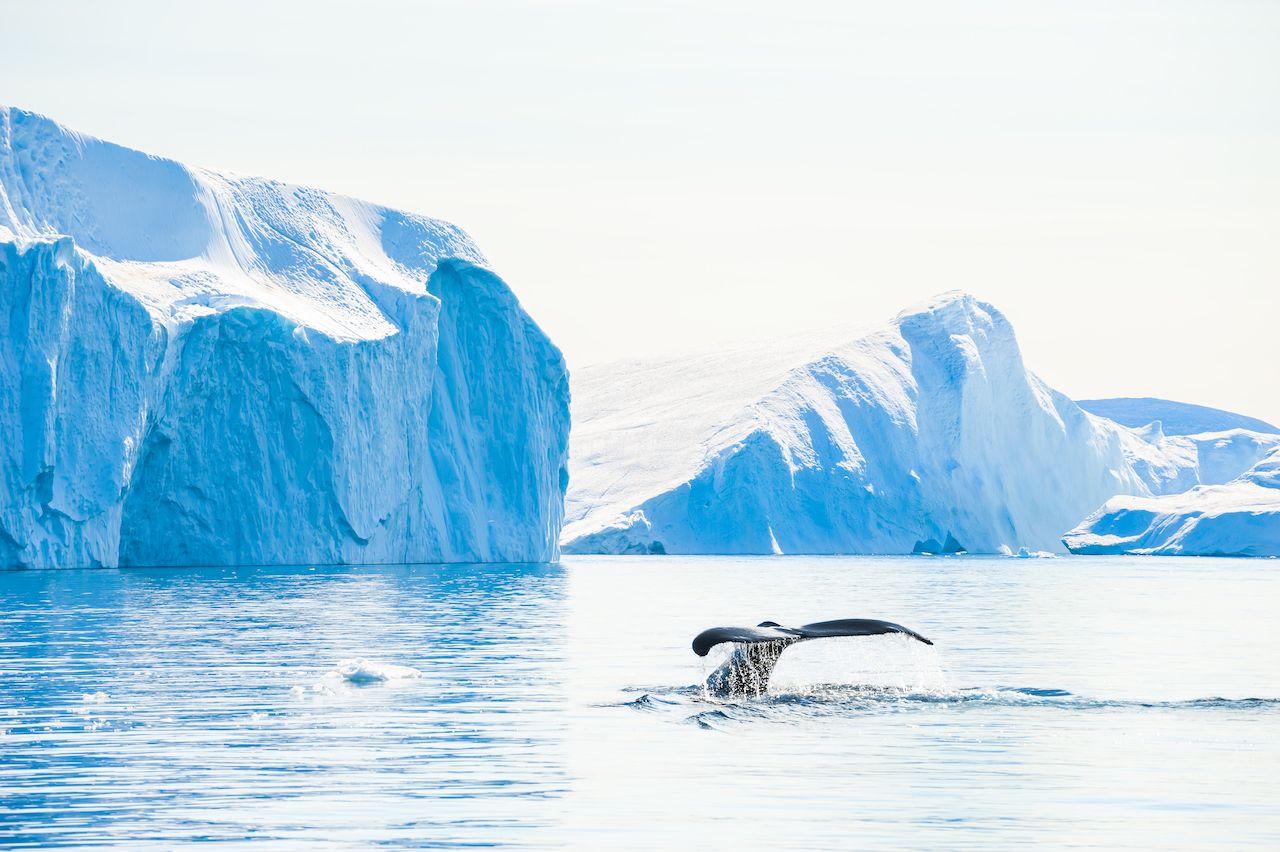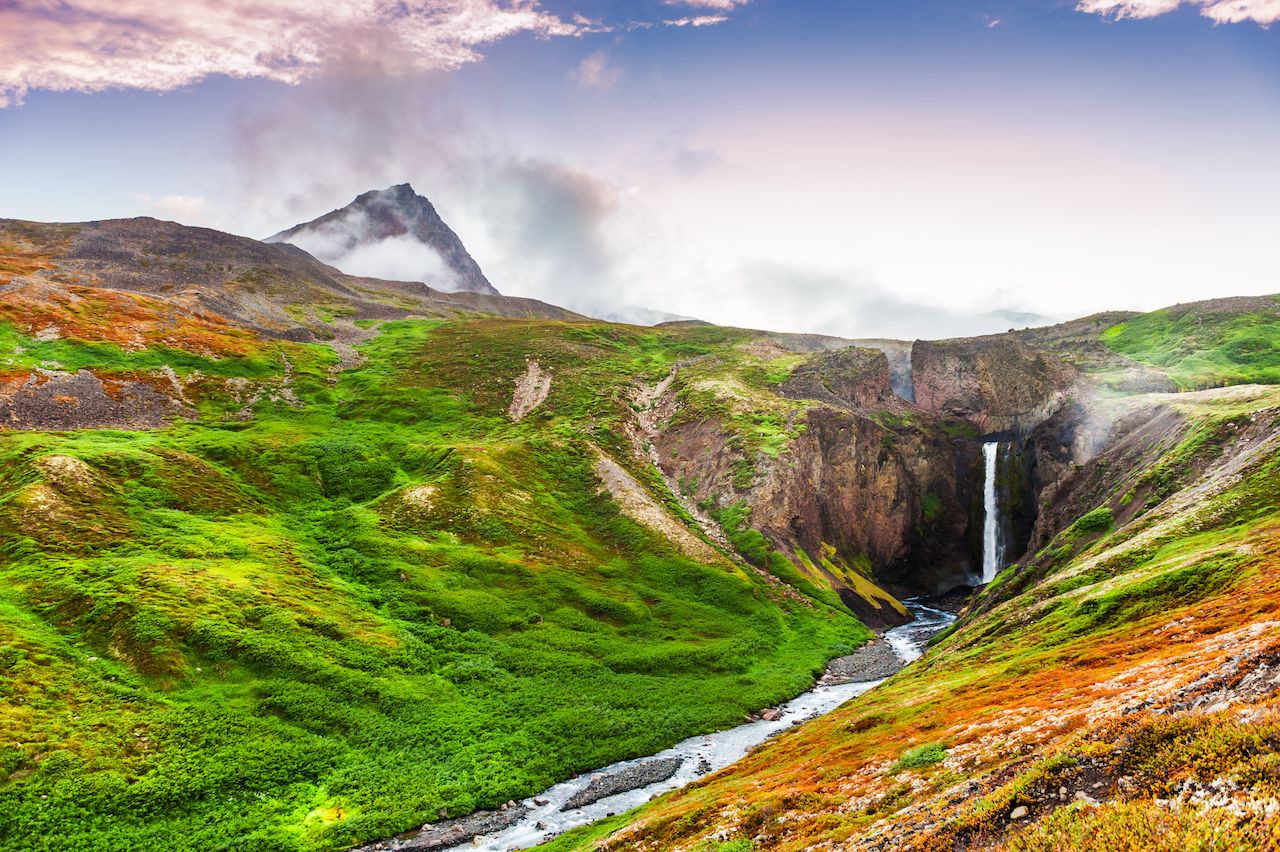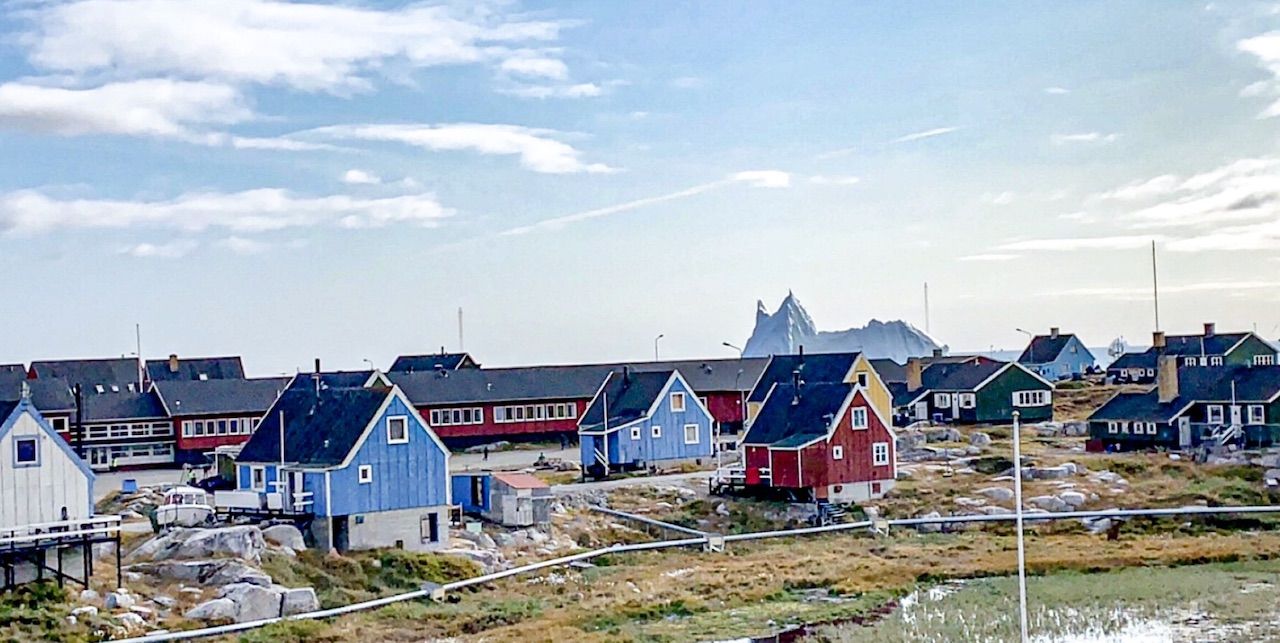The Arctic holds a certain mystique for intrepid travelers. The ultimate adventure, it can sound daunting and inaccessible, but nowadays you don’t have to be a legendary explorer like Amundsen and Rasmussen to see it. There might not be a direct flight from your nearest major city, but the legwork to get there is worth it. Especially if you’re going to Greenland’s west coast.
Although Iceland has been hogging the spotlight of late, its hulking neighbor deserves more attention than it gets. Travelers who want to have a truly rugged Arctic experience, without vying for waterfall Instagram pics with dozens of tourists, should head to Greenland. If you’re willing to endure a layover or two — connecting through Iceland or Denmark — you’ll be treated to an unspoiled Arctic environment steeped in rich indigenous tradition.
Greenland’s western shores, in particular, are defined by dramatic glaciers, sleepy fishing towns, and nautical adventures that will make you feel like a modern-day Erik the Red. Here’s why Greenland’s west coast is the most epic way to see the Arctic.
